How did I study Japanese? Part 3 of 5
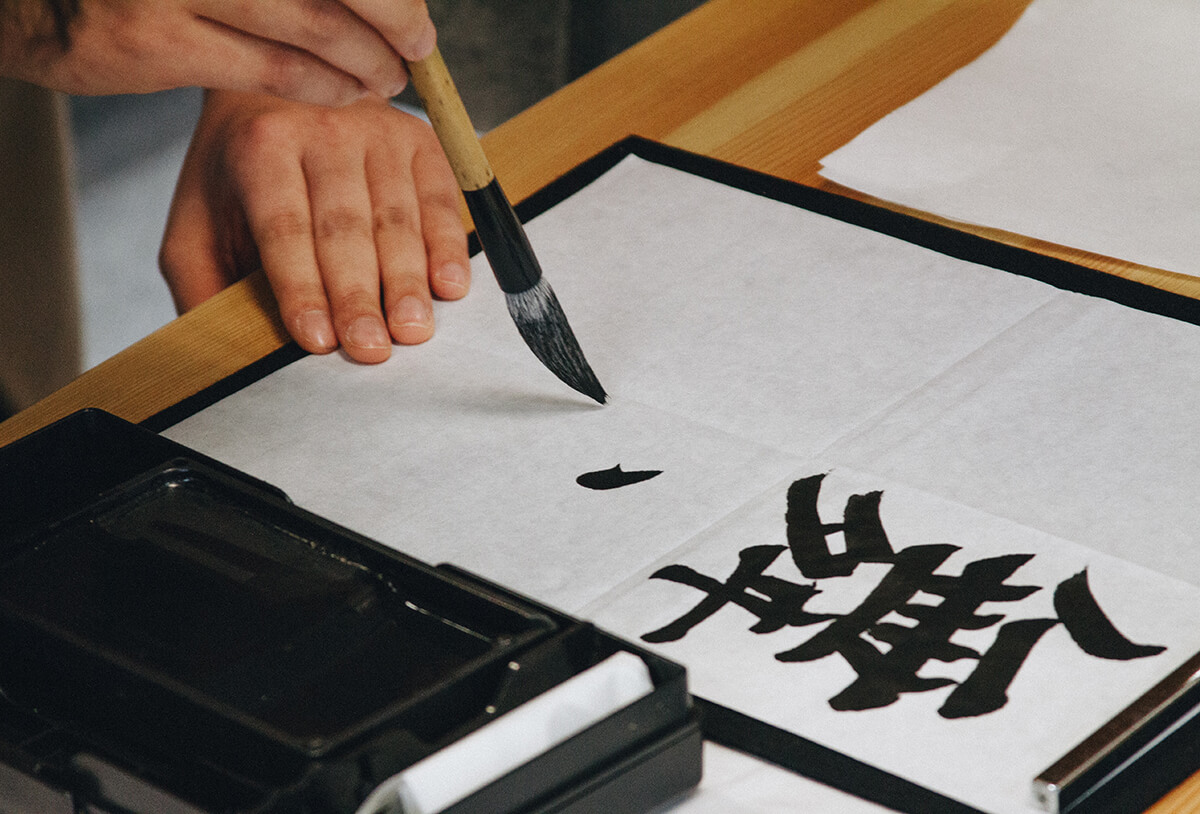
Picking up where I left off in this series of how I learned Japanese, I will discuss how I started out writing Japanese characters! In my previous entries, I’ve mentioned how writing hiragana and katakana characters helped me learn how to read and pronounce Japanese words faster and more efficiently. This time, allow me to walk you through the nitty gritty of my learning process!
Table of contents
How I Studied Japanese: Part 3 of 5 – Learning to Write
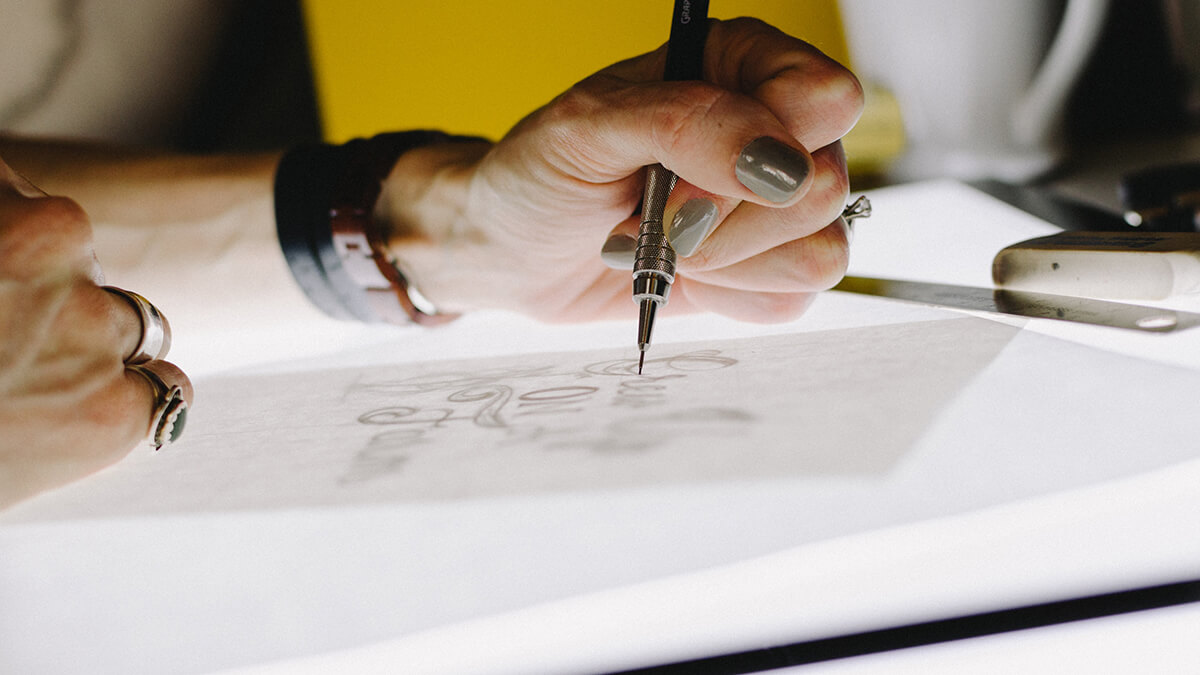
The early stages of learning how to write new letter systems are naturally challenging. After all, it’s an entirely new language you’re getting into! Having to learn 92 new letters with hiragana and katakana had me shaking. Especially with kanji, seeing all the strokes intimidated me for sure. Thankfully, we had kanji identification and calligraphy classes toward the end of the entire Japanese course, so I got to focus on the basics.
When it comes to kanji, stroke order can be very important, depending on your teacher. If you’re self-learning, you could be lenient with this factor. But you have to take note that learning proper stroke order of kanji matters mostly in formal classes or strict calligraphic art communities. Even among native Japanese people, writing uncommon kanji seems unnecessary outside of academia. The evolution of technology makes typing kanji so much easier that we can just be familiar with the characters enough to read them. You’ll be all set if you can write the basics!
It’s a cliché, but hiragana and katakana really takes practice to perfect. You can’t be a master overnight. You have to start out as a novice! Personally, I resolved to master writing hiragana and katakana before getting any further with my Japanese studies. These writing systems were the foundation of my mandatory Japanese class, so it only made sense to have them memorized in the beginning. Here’s how I went about it:
I traced Japanese characters
When I was learning to read, I shared in the previous article that I copied hiragana and katakana characters in my pocket notebook after getting tired of bringing my bulky workbook around. I also kept writing them down on other pages and practiced on scratch paper. Writing Japanese characters required patience and I needed my muscles to get used to the new shapes. Within a week, I understood the differences between the 2 syllabaries and the sounds they represented.
In the beginning, of course my writing was crooked. So, I resorted to tracing over hiragana and katakana written in my book. I had pretty thin pages so that was pretty handy when I was just starting out. Also, I was roommates with architecture majors, and they were kind enough to give me their scrap tracing paper. If you have some baby oil, rub a few drops on some bond paper with a cotton ball and you can make your own tracing paper!
Just as soon as I was getting used to writing, I had a native Japanese friend point out that the hiragana and katakana in my book were kind of outdated. I just explained that maybe it was useful to keep the traditional way of writing for my classes. Out of curiosity, I asked them to show me how they wrote the characters. Surprisingly, they wrote the hiragana character for fu (ふ) slightly differently and smoother than how it was written in my book.
To improve my handwriting, I resolved to trace Japanese fonts. I was fortunate enough in university to have my own personal computer, so I played around with the language settings and found the Japanese input method on my laptop. I opened a notepad application and entered the hiragana and katakana characters, which looked similar to how my friend wrote them. I turned my brightness all the way up, set tracing paper against the screen, and then traced the smarter-looking shapes.
Later on, I just got used to writing the characters in the order they were given. I could easily associate the symbols with their sounds just as easily as I did with my ABCs. Time is really all it takes! Once again for your reference, here’s the Kana chart I devised if you want to print it out to trace the characters for yourself:
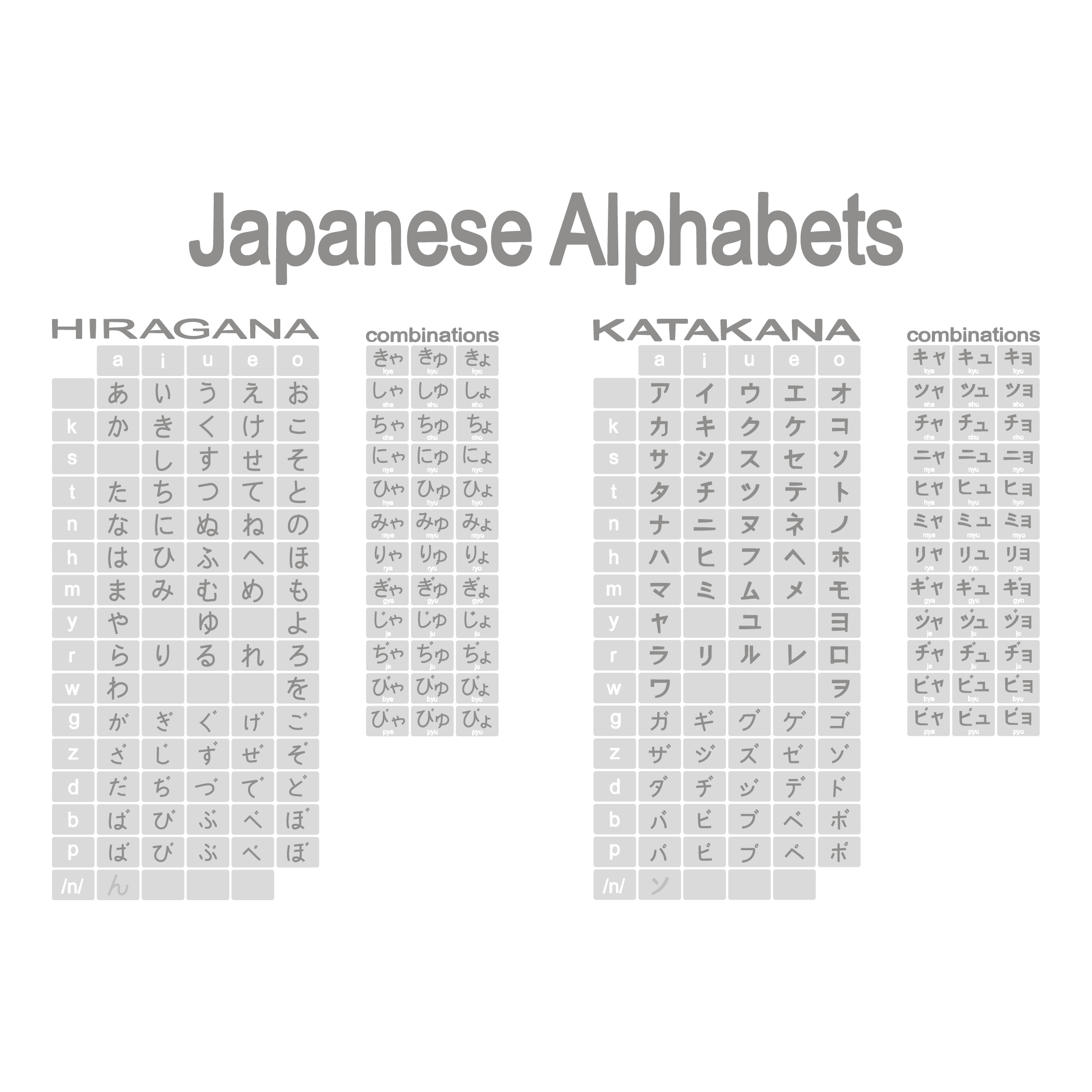
I Transcribed Japanese Songs
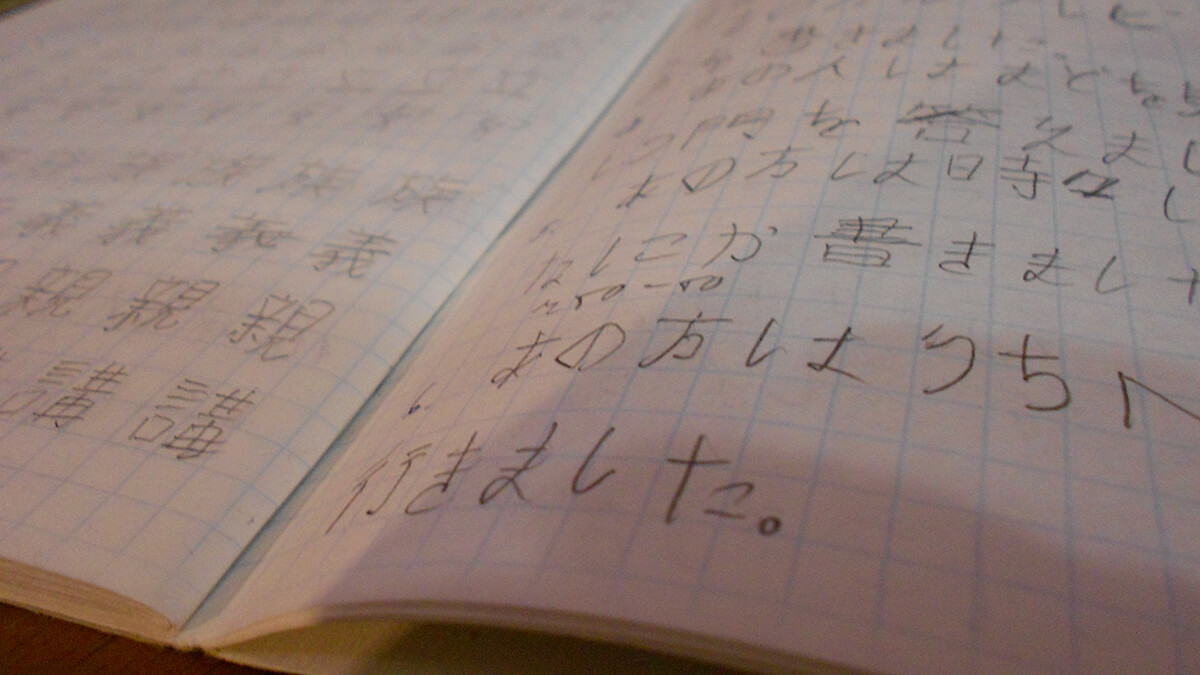
Photo by Igor Belousov on Flickr
I’ve said before that I personally found the katakana symbol ポ memorable because it’s used in 「ポケモン」or the Japanese spelling of “Pokémon.” I’ve also mentioned that I surprised myself when I got to spell out the lyrics to anime theme songs I’ve memorized. I actually transcribed Japanese Pokémon songs! This technique helped me memorize hiragana much faster. I even recognized some vocabulary words I was studying at the time, which helped me understand the song even more.
Pokémon songs, perhaps even anime songs in general, have pretty basic lyrical structures and catchy melodies. This made it easy for me to learn them without exactly understanding what I was belting alone in my room. I just knew they made me feel happy, and learning the words was fulfilling. Once I learned how to write, I tried spelling out the lyrics to see how they looked like printed on paper. Since I already memorized the songs, I got to follow the written lyrics easily when I listened to them!
With katakana, I learned with Pokémon trading cards. Fun fact: Japanese Pokémon names are spelled using katakana. Even before I learned how to read and write Japanese, these trading cards were my first exposure to Japanese writing. Once I memorized katakana, I learned a lot of Japanese Pokémon names and practiced spelling them out. Some songs also mentioned these names so I got to spell those out as well. Try combining your passion for learning Japanese with another hobby you enjoy. This technique will surely help you learn faster like it did for me!
I Copied Random Japanese Words
My hometown has a lot of Japanese merchandise, labels, and storefronts. Such is the global influence of the land of the rising sun. We have a brand of cracker nuts called “Nagaraya,” which has「ナガラヤ」printed on its packet. I never noticed this before I learned how to read katakana!
I wrote down all the Japanese brands and company names I knew as part of my practice. I even went so far as to learn the meanings behind some of those names that have been around since I can remember. Did you know that “Mitsubishi” in Japanese means “3 diamonds” when spelled out as「三菱」? That explains the shape of its logo!
I was so amazed when I went on tangents with my studies. I ended up learning and remembering the most random things that I just naturally got used to writing hiragana and katakana. I came to a point where I automatically got to spell out whatever Japanese vocabulary word I had to transcribe without having to think too hard about the characters!
Conclusion
If you look back at how you learned your ABCs, you’ll realize that learning how to write hiragana and katakana inevitably takes time and effort. The lines and strokes may appear strange at first, but once you learn the proper order of writing them down, you’ll find that there’s nothing to worry about!
There are several ways to look at learning a new writing system. Basically, they’re all shapes. Familiarize yourself with these new shapes and the sounds they represent and you’ll do just fine! The best part is that you’re in charge of how you keep the knowledge from the lessons. I assure you that once you find your personal learning style, you’ll write Japanese as naturally as you would your first language. Good luck!
Motto Japan, the community platform to support foreigners with the foundation for life in Japan, including Japanese study, job opportunities, and housing service. Motto Japan Media will provide a wide variety of information for Japanese fans all over the world, to create a cross-cultural environment and enrich the life of foreign residents in Japan!




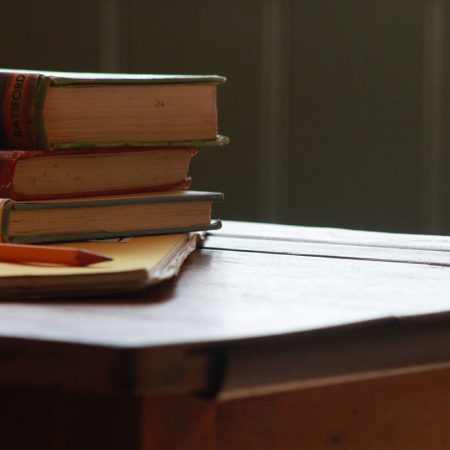


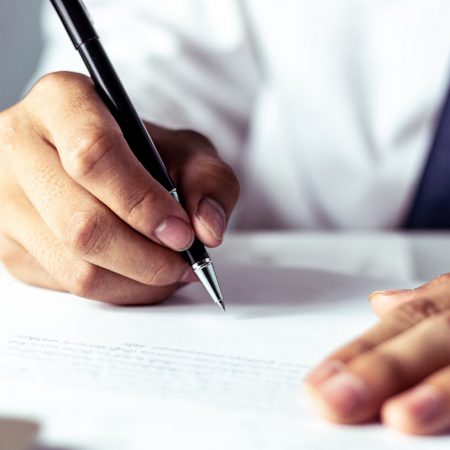





Leave a Reply